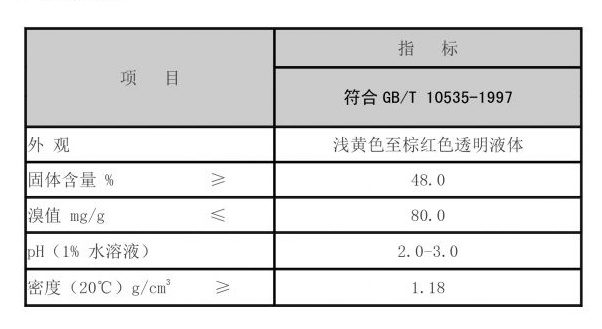Corrosion Protection and Scale Prevention Solutions for Industrial Applications
Corrosion and Scale Inhibitors Understanding Their Importance in Industrial Applications
Corrosion and scale formation are two significant challenges faced by various industries, particularly those that deal with water, heat exchangers, pipelines, and other metal components. Corrosion refers to the gradual destruction of materials, usually metals, through chemical reactions with their environment. Scale, on the other hand, is the accumulation of mineral deposits on surfaces, primarily due to the evaporation and concentration of water. Both phenomena can lead to considerable economic losses, increased maintenance costs, and operational inefficiencies. To combat these issues, corrosion and scale inhibitors are vital tools in industrial processes.
Understanding Corrosion Inhibitors
Corrosion inhibitors are substances that, when added to a corrosive environment, can reduce the rate of corrosion of metals. These inhibitors work by various mechanisms, including the formation of a protective film on the metal surface, altering the electrochemical reactions occurring at the surface, or scavenging aggressive ions that promote corrosion, such as oxygen and chlorides. There are several types of corrosion inhibitors, including anodic inhibitors, cathodic inhibitors, and filming inhibitors.
- Anodic Inhibitors These increase the resistance of the anode by forming a passive layer, which significantly reduces the corrosion rate. Common anodic inhibitors include chromates and molybdates.
- Cathodic Inhibitors These work by reducing the cathodic reaction on the metal surface. Examples include zinc-based compounds.
- Filming Inhibitors These create a barrier to protect the metal from corrosive agents. Organic compounds, such as certain amines and phosphates, often serve as filming inhibitors.
The Role of Scale Inhibitors
Scale inhibitors are chemical agents that minimize the formation and deposition of scale, primarily from calcium and magnesium salts. These deposits can clog pipes and heat exchangers, reducing efficiency and posing risks of equipment failure. Scale inhibitors work by modifying the properties of the minerals that lead to scale formation, such as by dispersing them or preventing their crystalline growth.
corrosion & scale inhibitors

Common types of scale inhibitors include
- Threshold Scale Inhibitors These work at very low concentrations, disrupting the nucleation and growth of scale-forming minerals.
- Polymeric Scale Inhibitors These large molecules can latch onto scale-forming ions and prevent them from crystallizing.
- Phosphonates These are effective at binding to calcium and magnesium ions, reducing their ability to form scale.
Industrial Applications and Benefits
The application of corrosion and scale inhibitors spans a wide array of industries, including oil and gas, power generation, water treatment, and manufacturing. Their use results in enhanced efficiency, reduced maintenance costs, and prolonged equipment life. For example, in the oil and gas industry, effective corrosion and scale management can lead to significant savings by preventing pipeline failures and operational downtime. Similarly, in the power generation sector, these inhibitors ensure that cooling systems function optimally, preventing loss of efficiency due to scaling and corrosion.
Moreover, with increasing environmental regulations and the need for sustainability, the development of eco-friendly corrosion and scale inhibitors has gained momentum. Biodegradable inhibitors that are non-toxic and effective at low concentrations are in demand, aligning industrial practices with environmental stewardship.
Conclusion
Corrosion and scale inhibitors are essential components of modern industrial processes. By understanding their mechanisms and applications, industries can effectively mitigate the risks associated with corrosion and scale formation. As technology evolves, so too will the efficacy and environmental friendliness of these inhibitors, offering even greater benefits in the future. Investing in the right corrosion and scale management strategies not only protects infrastructure but also enhances operational efficiency and sustainability.
-
LK-319 Special Scale And Corrosion Inhibitor For Steel Plants: Advanced Solutions for Industrial Water SystemsNewsAug.22,2025
-
Flocculant Water Treatment: Essential Chemical Solutions for Purification ProcessesNewsAug.22,2025
-
Isothiazolinones: Versatile Microbial Control Agents for Industrial and Consumer ApplicationsNewsAug.22,2025
-
Scale Inhibitor: Key Solutions for Water System Scale PreventionNewsAug.22,2025
-
Organophosphonates: Versatile Scale Inhibitors for Industrial Water SystemsNewsAug.22,2025
-
Scale and Corrosion Inhibitor: Essential Chemical Solutions for Water System MaintenanceNewsAug.22,2025





